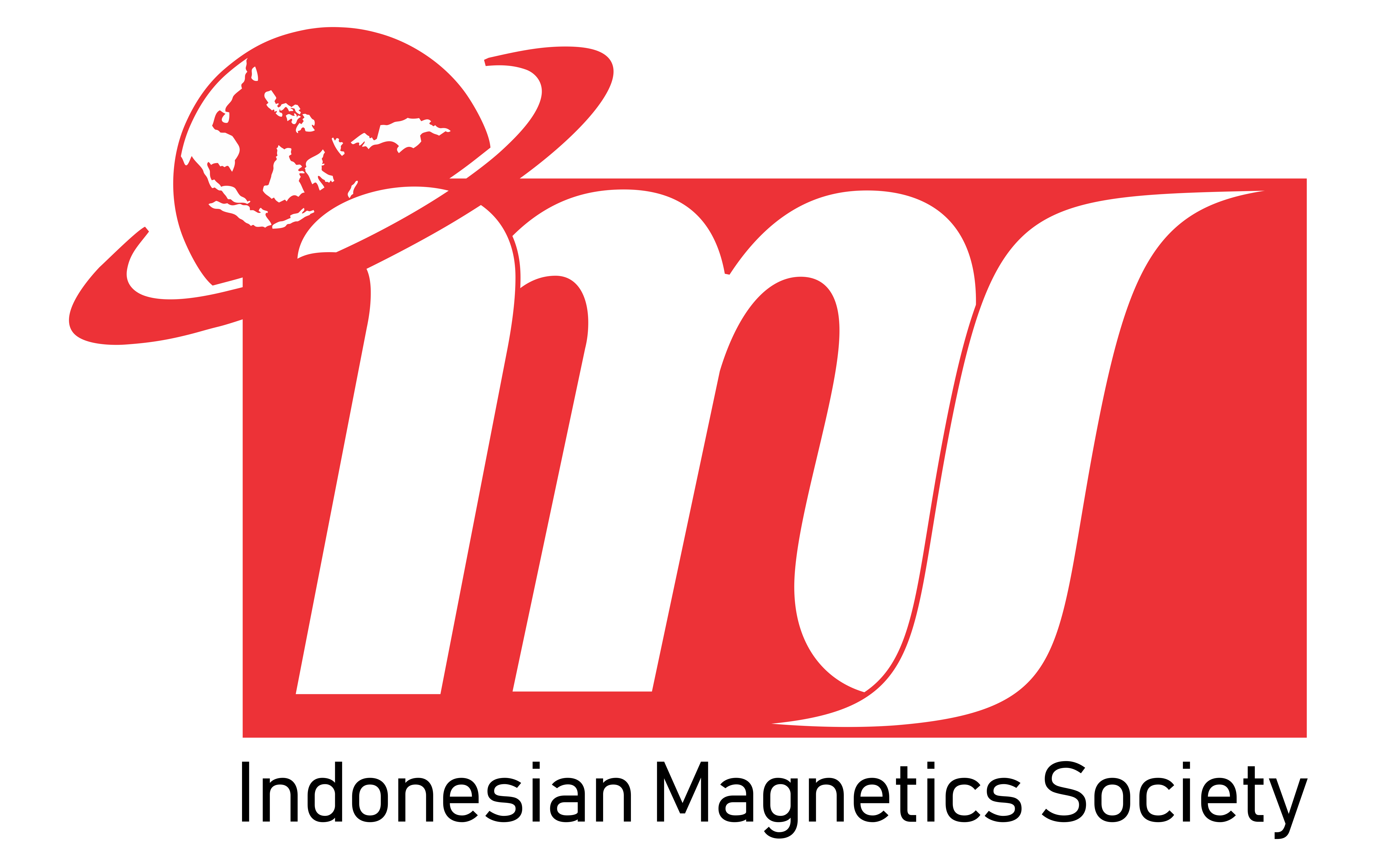Identification of surface functional group on activated carbon from waste sago
Abstract
Keywords
Full Text:
PDFReferences
Ahmad, M. A. N. A. A. Puad, O. S. Bello, Kinetic, (2014), “Equilibrium and thermodynamic studies of synthetic dye removal using pomegranate peel activated carbon prepared by microwave-induced KOH activation”, Water Resour. Ind., vol. 6, pp. 18-35.s
Allo, Y. K. Sudarmono, and O. Togibasa, (2019), “Synthesis and Characterization of Activated Carbon from Sago Waste (Metroxylon sagu) with ZnCl2 Activation and HNO3 Modification. J. Idn. Chem. Soc., vol. 2, no.1, pp. 48-48.
Allwar, L.N. Sari, K. Merdekawati, and D. Rubiyanto, (2015), “Removal of Fe and Cu Ions from Patchouli Essential Oil Using ZnCl2-Activated Carbon Adsorbent Modified With Ammonia”. IOSR-JAC. vol. 8, no. 2, pp. 17-23.
Alvarez, J. G. Lopez, M. Amutio, J. Bilbao, and M. Olazar, (2014), “Upgrading the rice husk char obtained by flash pyrolysis for the production of amorphous silica and high quality activated carbon”, Bioresour. Technol., vol. 170, pp.132-137.
Ansanay, Y. P. Kolar, R. Sharma-Shivappa, J. Cheng, and C. Arellano. (2021). “Pretreatment of Switchgrass for Production of Glucose via Sulfonic Acid-Impregnated Activated Carbon”, Processes, vol. 9, no.3, p.504, 2021.
Bae, W. J. Kim, and J. Chung, (2014), “Production of granular activated carbon from food-processing wastes (walnut shells and jujube seeds) and its adsorptive properties”, J. Air Waste Manage. Assoc., vol. 64, no. 8, pp. 879-886.
Başar, C. A. (2006), “Applicability of the various adsorption models of three dyes adsorption onto activated carbon prepared waste apricot”, J. Hazard. Mater., vol. 135, no. 1-3, pp. 232-241.
Bhatnagar, A. W. Hogland, M. Marques, and M. Sillanpää. (2013). “An overview of the modification methods of activated carbon for its water treatment applications”, Chem. Eng. J., vol. 219, pp. 499–511.
Danish M. and T. Ahmad, (2018), “A review on utilization of wood biomass as a sustainable precursor for activated carbon production and application”, Renew. Sustain. Energy Rev., vol. 87, pp.1-21.
Dantas, T. L. P. F. M. T. Luna, I. J. Silva Jr., D. C. S. de Azevedo, C. A. Grande, A. E. Rodrigues, and R. F. P. M. Moreiraa. (2011). “Carbon dioxide–nitrogen separation through adsorption on activated carbon in a fixed bed”, Chem. Eng. J., vol. 169, pp. 11–19.
Doke K. M. and E. M. Khan, (2017), “Equilibrium, kinetic and diffusion mechanism of Cr(VI) adsorption onto activated carbon derived from wood apple shell”, Arab. J. Chem., vol. 10, pp. S252-S260.
Faraji S. and F. N. Ani, (2015), “The development supercapacitor from activated carbon by electroless plating - A review”, Renew. Sustain. Energy Rev., vol. 42, pp. 823-834.
Foo K. Y. and B. H. Hameed. (2010). “An overview of dye removal via activated carbon adsorption process”, Desalin. Water Treat., vol. 19, no. 1-3, pp. 255-274.
Foo, K. Y. and B. H. Hameed, (2012), “Coconut husk derived activated carbon via microwave induced activation: effects of activation agents, preparation parameters and adsorption performance”. Chem. Eng. J. vol. 184, pp.57-65.
González-García. P. (2018). “Activated carbon from lignocellulosics precursors: A review of the synthesis methods, characterization techniques and applications,” Renew. Sustain. Energy Rev., vol. 82, pp. 1393-1414.
Gupta, V. K. A. Nayak, S. Agarwal, and I. Tyagi, (2014), “Potential of activated carbon from waste rubber tire for the adsorption of phenolics: Effect of pre-treatment conditions”, J. Colloid Interface Sci., vol. 417, pp. 420-430.
Ioannidou, O. A. and Zabaniotou, (2007), “Agricultural residues as precursors for activated carbon production - A review”. Renew. Sustain. Energy Rev., vol. 11, no. 9, pp. 1966-2005.
Khana, E. A. Shahjahana, and T. A., (2018), “Adsorption of methyl red on activated carbon derived from custard apple (Annona squamosa) fruit shell: equilibrium isotherm and kinetic studies” J. Mol. Liq., vol. 249, pp. 1195-1211.
Kim, J. W. M. H. Sohn, D. S. Kim, S. M. Sohn, Y. S. Kwon, (2001), “Production of granular activated carbon from waste walnut shell and its adsorption characteristics for Cu2+ ion”, J. Hazard. Mater., vol. 85, no. 3, pp. 301-315.
Li, K. Z. Zheng, and Y. Li, (2010) “Characterization and lead adsorption properties of activated carbons prepared from cotton stalk by one-step H3PO4 activation”, J. Hazard. Mater., vol. 181, no. 1-3, pp. 440-447.
Machida, M. B. Fotoohi, Y. Amamo, and L. Mercier, (2012), “Cadmium (II) and lead (II) adsorption onto hetero-atom functional mesoporous silica and activated carbon”. Applied Surface Science, vol. 258, no.19, pp. 7389-7394.
Narowska, B. M. Kułażyński, M. Łukaszewicz, and E. Burchacka. (2019). “Use of activated carbons as catalyst supports for biodiesel production”, Renew. Energy, vol. 135, pp. 176-185.
Nor, N. M. L. L. Chung, L. K. Teong, and A. R. Mohamed, (2013), “Synthesis of activated carbon from lignocellulosic biomass and its applications in air pollution control - A review”, J. Environ. Chem. Eng., vol. 1, no. 4, pp. 658-666.
Okada, K. N. Yamamoto, Y. Kameshima, and A. Yasumori, “Adsorption properties of activated carbon from waste newspaper prepared by chemical and physical activation”, J. Colloid Interface Sci., vol. 262, no. 1, pp. 194-199, 2003.
Pavia, L. D. (1979), Introduction To Spectroscopy: A Guide For Students Of Organic Chemistry, Philadelphia : Saunders College.
Rattanapan, S. J. Srikram, and P. Kongsune P, (2017), “Adsorption of methyl orange on coffee grounds activated carbon”, Energy Procedia, vol. 138, pp. 949-954.
Viswanathan, B. P. Indra Neel, and T. K. Varadarajan, (2009), Methods of Activation and Specific Applications of Carbon Materials. Chennai: National Centre for Catalysis Research, Indian Institute of Technology Madras.
Yagmur, E. M. Ozmak, and Z. Aktas, (2008), “A novel method for production of activated carbon from waste tea by chemical activation with microwave energy”, Fuel, vol. 87, no. 15-16, pp. 3278-3285
Zhao, Y. F. Fang, H. M. Xiao, Q. P. Feng, L. Y. Xiong, and S. Y. Fu, (2015), “Preparation of pore-size controllable activated carbon fibers from bamboo fibers with superior performance for xenon storage”, Chem. Eng. J. vol. 270, pp. 528-534, 2015.
Zhu, J. B. Shi, J. Zhu, and L. Chen, (2009), “Production, characterization and properties of chloridized mesoporous activated carbon from waste tyres”, Waste Manag. Res., vol. 27, no. 6, pp. 553-560.
Refbacks
- There are currently no refbacks.







